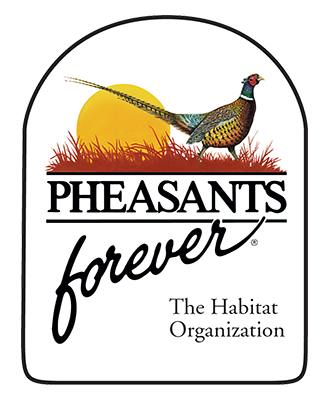|
WILDLIFEMichigan is home to a stunning variety of landscapes: prairies, wetlands, sand dunes, forests, caves, cliffs, river valleys, open plains. Add each ecosystem’s accompanying flora and fauna, and you have Michigan's one-of-a-kind trove of ecological treasures. Our Conservation Districts (CDs) provide private landowners with a wide range of wildlife information, assistance, and program delivery to address wildlife habitat and species management. Some Districts also provide an Invasive Species Coordinator, who helps educate local communities on how to prevent or manage unwelcome "visitors" looking to take root or roost. Read below to learn more about some of the programs our Conservation Districts provide. For detailed information on the full range of programs and assistance available through your local District, please contact your CD directly. Forest, Wetland & Habitat (FWH)Michigan Conservation Districts' FWH verification process (through our MAEAP program) focuses on practices that promote sustainable forestry, wetlands, and non-forest habitat. These include forest health; protecting air, water, and soil; and restoring habitat. This MAEAP category was created to help Michigan landowners better understand, plan, manage, protect, and use their natural resources. To do this, each Conservation District provides education and one-on-one expert help to landowners with local habitat issues.
EQIP WildlifeThe Environmental Quality Incentives Program (EQIP) provides conservation programs to help Michiganders reduce soil erosion, improve water quality, increase wildlife habitat, and reduce damages caused by floods and other natural disasters. Our Districts facilitate EQIP on the local level, aiding the USDA's Natural Resource Conservation Service (NRCS) in rolling out financial and technical assistance through this voluntary program. This includes financial assistance through EQIP Wildlife to address wildlife habitat on working lands. The Wildlife funding pool is available to producers who will restore, develop, or enhance wildlife habitat, including implementing practices to benefit or result in:
Critical DunesWith over 70,000 acres of Critical Dunes along our lakeshore, the idea that one individual's actions could determine the future quality of the landscape is almost unimaginable. Yet it is individual land management that will truly determine the protection of our rare and ecologically fragile coastal dunes. Which is why building construction and vegetation removal in Michigan’s Critical Dunes is regulated by the Sand Dune Protection Management Act. We work with landowners to help nurture and protect our spectacular dune ecosystems, and coordinate our efforts in conjunction with the Michigan Department of Environment, Great Lakes, and Energy (EGLE) for maximum efficacy. Learn more about Michigan’s Critical Dunes, the Sand Dune Protection and Management Act, where critical dune areas are located, and which specific activities are regulated by contacting your local Conservation District today.
Forestry Assistance Program (FAP)
Michigan Conservation Districts provide education and one-on-one technical help with local forest health issues for private landowners and communities. Our professional foresters work out of 19 District offices, providing coverage for 46 counties in upper and lower Michigan. Local Conservations Districts provide assistance to help their area's citizens better understand, plan, manage, protect and utilize their forest resources. The program is made available through grants from the Michigan Department of Agriculture and Rural Development (MDARD). Note that the FAP strives to not compete with private sector business. Our foresters do not write management plans, administer timber sales, or provide any other service that could otherwise be provided by the private sector. Click here for a current map of Conservation Districts with Forestry Assistance Foresters, and the counties currently covered through this program.
|


